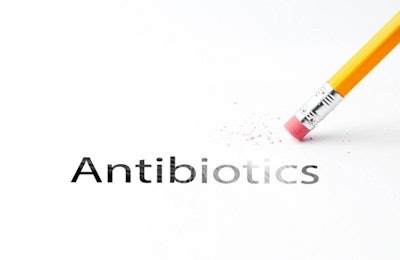
Antibiotic-resistant bacteria are estimated to account for 700,000 deaths globally each year and, according to the UK’s recently published Review on Antibiotic Resistance, or O’Neill report, by 2050 this figure could rise to 10 million per year – equivalent to one person every three seconds.
So it is little wonder that antimicrobial resistance was included in the G7 Leaders Declaration, published at the end of May from Ise-Shima, in Japan.
The declaration may not have contained the startling statistics of the O’Neill Report, and is not particularly gripping, but it contains some important language, particularly when seen in light of how agriculture is so often cast as the villain in the antibiotics debate.
Devil in the detail
The declaration from the leaders of the world’s seven major advanced economies contains a commitment to “strengthening and actively implementing a multi-sectoral One Health approach, taking into account human and animal health, agriculture, food and the environment.”
It commits to preserving existing antibiotics, and to “strengthening inter-sectoral surveillance of all sectors” and it further supports the United Nation’s Global Action Plan through multi-sectoral global, regional, national and community collaborative efforts.
While livestock producers have made, and continue to make, significant advances in controlling the use of antibiotics, this declaration clearly states that responsibility needs to be shared, and that problems exist across sectors, not simply in poultry, beef or any other meat production.
Resistance is a cross-sectoral issue, where the animal health sector and the human health sector must work together, as resistance will not be solved by livestock curbs alone.
Security and safety
The commitments were welcomed by veterinary medicines industry association IFAH, given that the importance of working together between sectors was included, and it particularly welcomed recommendations for an acceleration in efforts to tackle resistance through improved inter-sectoral surveillance.
Antibiotics remain vital for treatment for humans and animals and, in the case of the latter, it is not simply a case of protecting their health and welfare; there is a potential impact on our food safety and food security should antibiotics fail or become otherwise unavailable.
But to return to the O’Neill’s predicted increase in deaths, the highest number is expected to occur in Asia. This is where rising incomes are leading to greater demand for meat and, even with the best hygiene and prevention measures, antimicrobial use can only be expected to rise as the number of farmed animals increase, further underscoring the need for prudent use across sectors, rather than all-out bans in one.

















